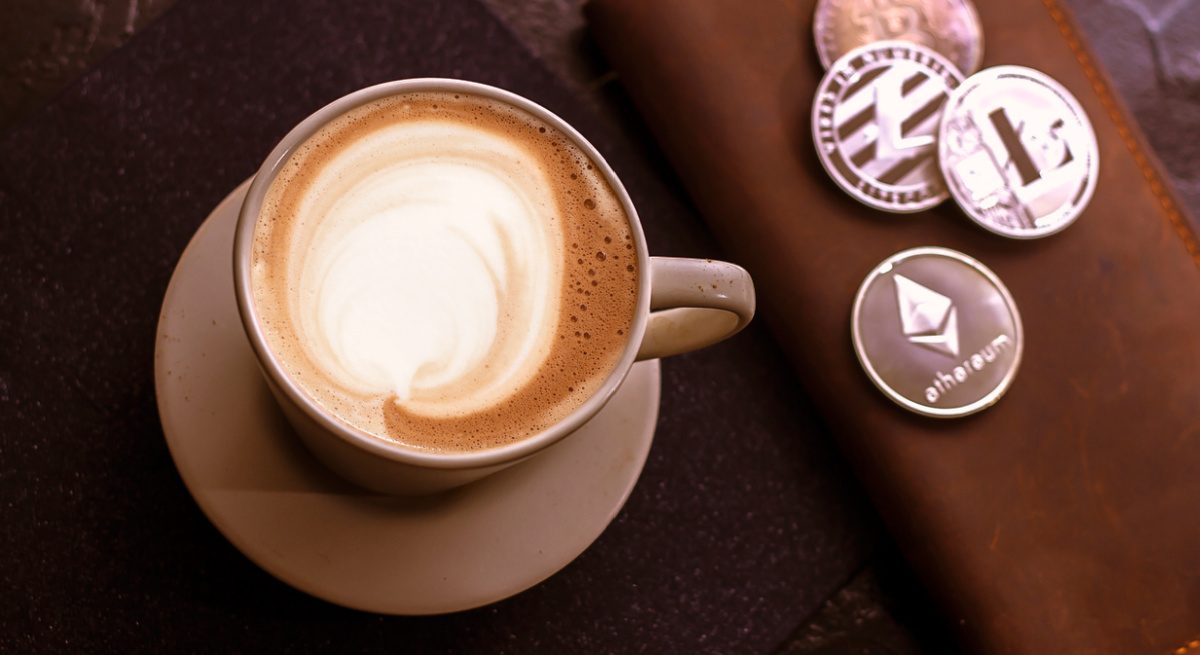Restaurant Payments Go from Cash to Credit to Contactless – to Cryptocurrency
3 Min Read By Dirk Izzo
The value of the cryptocurrency market almost tripled in 2021, with digital currencies having the potential to achieve returns higher than the stock market. People use cryptocurrency for quick payments, anonymity, investments or to sidestep transaction fees charged by banks. As payments evolve, consumers adapt and restaurants must meet them there.
Why the Crypto Craze?
Big-name businesses have immersed themselves into the world of crypto, including PayPal, MasterCard, Microsoft and Overstock. And while some restaurants have yet to accept digital currencies, many are placing crypto on the menu.
For instance, Landry’s Chairman and CEO Tilman Fertitta announced in 2021 many of its restaurants would accept bitcoin and other digital currencies. Its brands include Mastro’s, Morton’s The Steakhouse and Bubba Gump Shrimp Company. With cryptocurrency, Landry’s diners will be able to earn one point for every dollar they spend. Once they earn 250 points, they are rewarded with $25 in bitcoin.
Other well-known restaurants in global markets already accept cryptocurrency, including Starbucks, Subway, Pizza Hut, Quiznos and Burger King.
While some restaurants welcomed cryptocurrency before 2020, many are now turning toward cryptocurrencies because of their real-time payment feature – which gives restaurants a much-needed boost.
Loyalty Benefits
Cryptocurrency presents a chance to break the traditional rules around loyalty platforms. Rather than restricting loyalty points to one restaurant, restaurant groups could allow for shared earning and reward opportunities across brands. It would be like earning loyalty points at Dunkin’ Donuts and redeeming them at Arby’s.
Further, restauranters who fully embrace crypto rewards offer a unique and easy way customers can receive loyalty points directly at the point-of-sale. This simple system is just the start of the future of crypto.
Supply Chain Benefits
Blockchain technology has proven to be a disruption around the world, changing the game for many important processes including storing data, tracking and digital authentication. Restaurants are beginning to use this tool to account for the many steps that come before serving up a steamy plate of pasta or beefy burger.
Visibility in all aspects of the supply chain is important for restaurants, especially since food is a sensitive product to handle. Whether ensuring specific ingredients weren’t cross contaminated or actively monitoring meat temperatures during the shipping process, having blockchain capabilities gives restaurants greater transparency into the supply chain process.
For example, Starbucks piloted a bean-to-cup blockchain product to track its coffee beans and Sweetgreen has tested a blockchain to track its tomato supplies from farm to store. And Bloomin’ Brands has experimented with a blockchain solution that helps manage supplies in the case of a food safety–related recall.
Well, what does this have to do with cryptocurrency? The blockchain is an essential part of the interworking of which cryptocurrency operates. Investing in the entire package will reap more benefits than none.
Stand Out in a Crowd with Crypto
While adoption of cryptocurrency and blockchain technology in the restaurant space is slow, there are already more than 28,000 foodservice locations that accept Bitcoin and larger brands are leading the charge.
There is no limit to how far the restaurant industry can go with crypto, in fact, look at up and coming seafood restaurant Flyfish Club, set to open in Manhattan next year. To gain access to the club, members must have a Flyfish NFT, a unique digital asset stored on the blockchain and purchased using cryptocurrency. The company released 1,501 tokens in January, bringing in around $15 million.
All of this demonstrates a push toward digitization, and above all, convenience.
If you are not reading this article on Modern Restaurant Management, please reconsider your reading choices and visit the original source.


